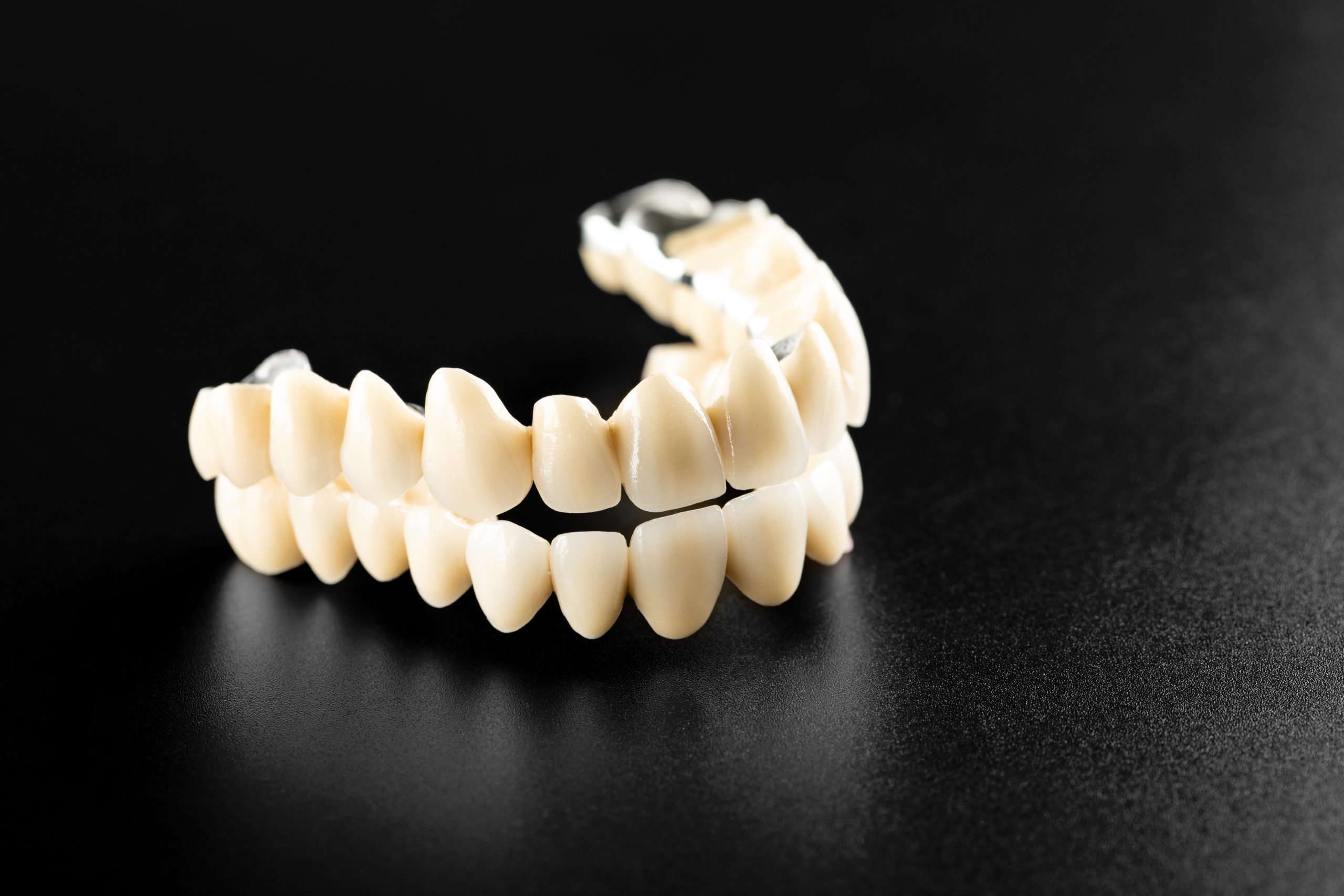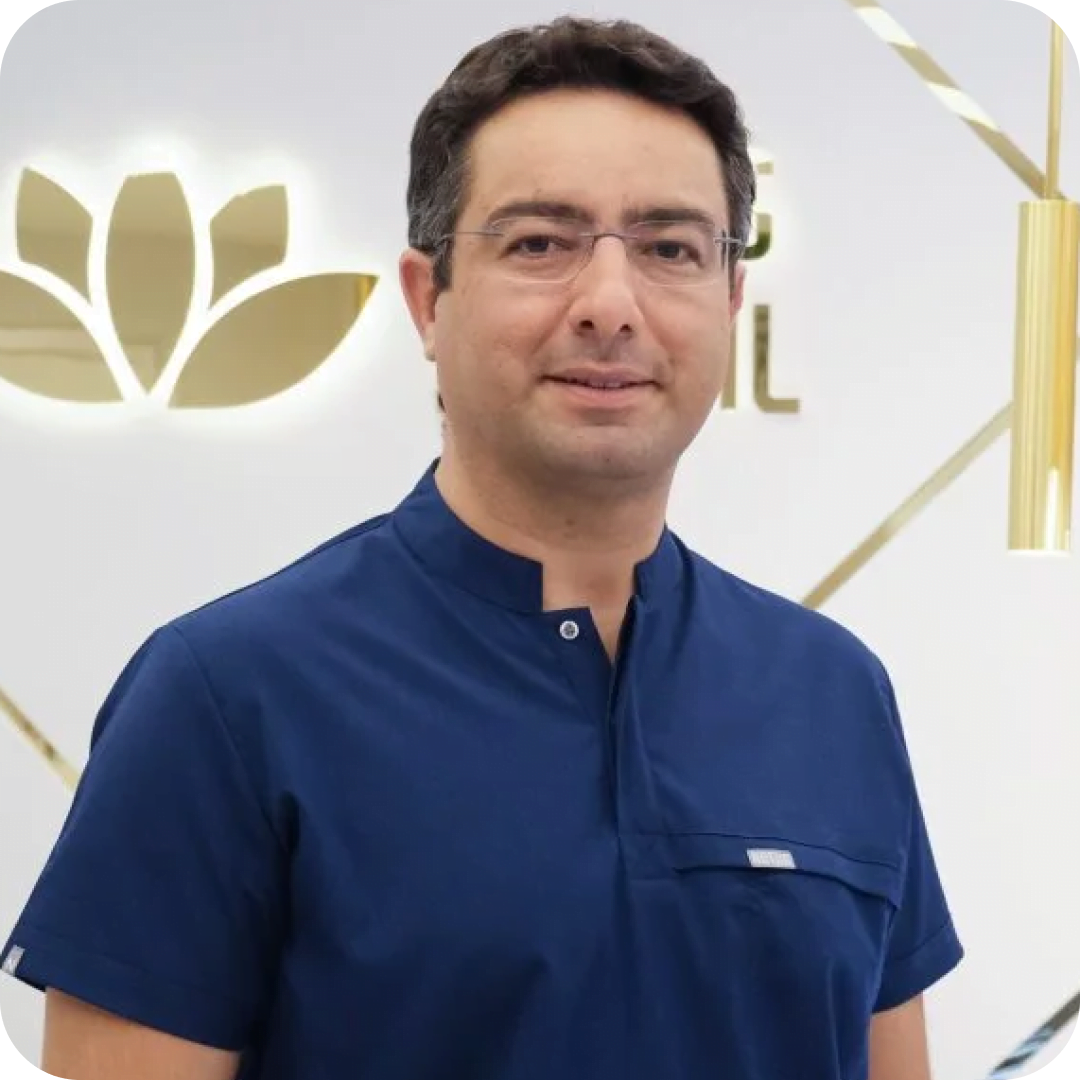Restorations, which our patients refer to as veneers, are applied in cases of major material loss and missing teeth. Crowns, endocrown and bridges can be made of many materials such as metal, metal-supported ceramic, full ceramic, zirconia-supported ceramic or full zirconia (monolithic zirconia). Today, depending on the needs of the case, zirconia is mostly used in bridge prostheses and full ceramics in crown crowns.
What are crown and endocrown caps?
The word “crown” comes from the English word “crown” and refers to the crown-shaped crown placed over the tooth. If filling applications cannot provide sufficient resistance in excessive tissue loss that weakens the teeth, it may be more appropriate to make these crowns, which we call crowns or endocrown.
Endocrowns, which are frequently used in molars with root canal treatment, provide additional retention and durability by filling the pulp chamber in the middle of the teeth. Fractures and cracks, which are frequently encountered in root canal treated teeth, are reduced with endocrown applications. Thus, the retention time of root canal treated teeth has been prolonged.
Bridge prosthesis applications
Bridge prostheses, on the other hand, are applied to produce multiple crowns connected to each other and to fill tooth gaps. They have advantages over implant treatment such as not requiring surgery and being produced in a shorter time.
For example, if we decide to treat the cavity of a lost tooth with a bridge prosthesis, when we want to fill it, a few teeth in front and behind the cavity are abraded and reduced in size. The veneers designed according to these teeth are combined with the tooth-shaped pontic (bridge body) created for the gap area to produce the bridge. The bridge, consisting of interconnected veneers and pontic, is bonded to the relevant teeth and the edentulous area is rehabilitated. Since bridge prostheses consist of interconnected veneers, they can be cleaned with different interface care products.
Crowns, endocrown and bridges are produced by laboratory work on the impression taken after the preparation of the relevant teeth. These treatments, which have been successfully applied with classical methods for years, are now mostly realized through digital systems. Digital scanners are now used in the impression-taking stage, which is done with materials such as silicone in the classical method. The classical models obtained from plaster have been replaced by wax models from three-dimensional printers. Manual work with wax and revetman is carried out digitally on the computer and produced with three-dimensional printers or engravers. In some clinics, small laboratories have been established for restorations produced within a system called digital workflow, and it is possible to produce and apply the restorations of patients to the relevant tooth in the same session.
Kusadasi Lotus Dental: Crowns, Endocrown & Bridges
As Lotus Dental, we prefer to produce restorations involving one or a few teeth and in appropriate cases in our laboratory in our clinic. However, in multiple cases, we usually carry out our work with our contracted laboratories in Izmir and Istanbul, again with the concept of digital workflow.
Zirconium and ceramic materials may not have a standard quality due to the differences in the working principles of the companies that produce them. It is important for clinical success that dentists know and follow the products used by the laboratories they work with. Our digital laboratories carry out our productions with safe products that are certified in digital parameters.




